R.K. Vanlaldinpuia | October 2022
As I journeyed towards Chawngte, still curious, still lost, crossing village after village, we suddenly entered a place where the smell told us exactly where we were. I reached Chawngte P on a late evening, greeted by these sunsets.
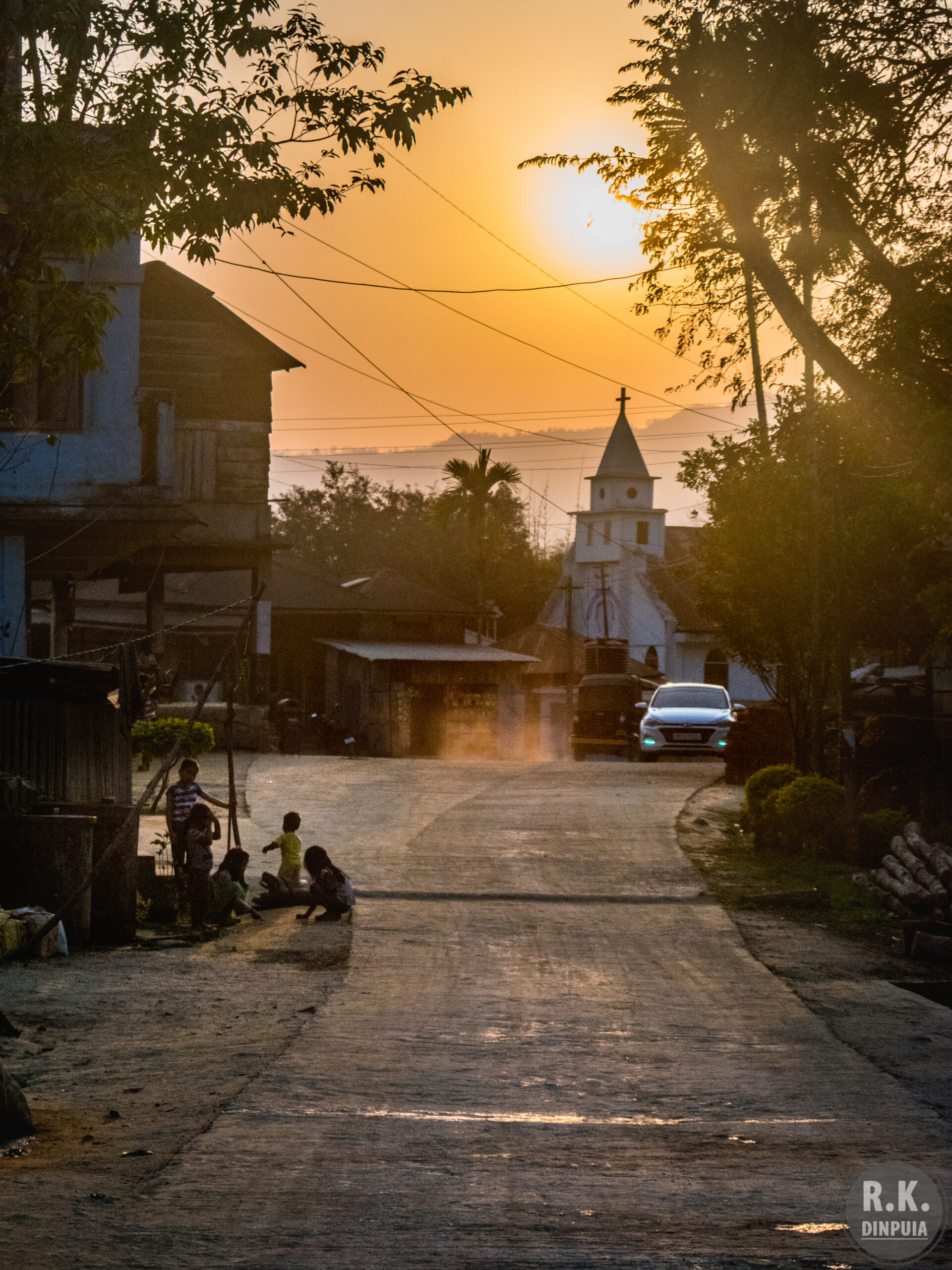
For the next 3 years this would be my home. Reality slowly starts to kick in as I stroll through the small dusty town with its thick smell of dangpuithu.
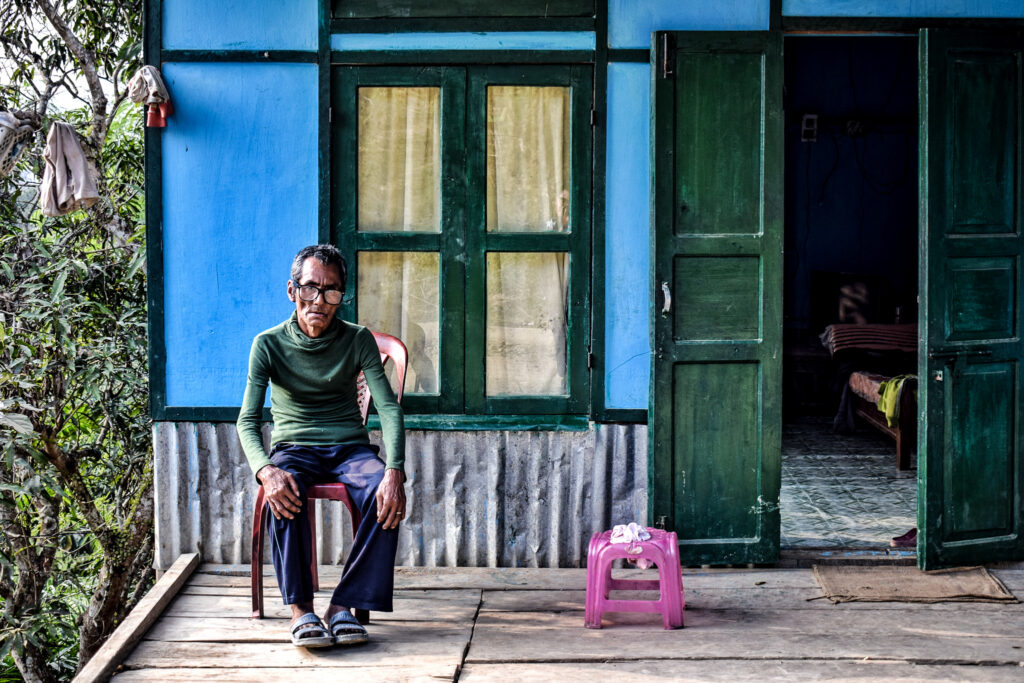
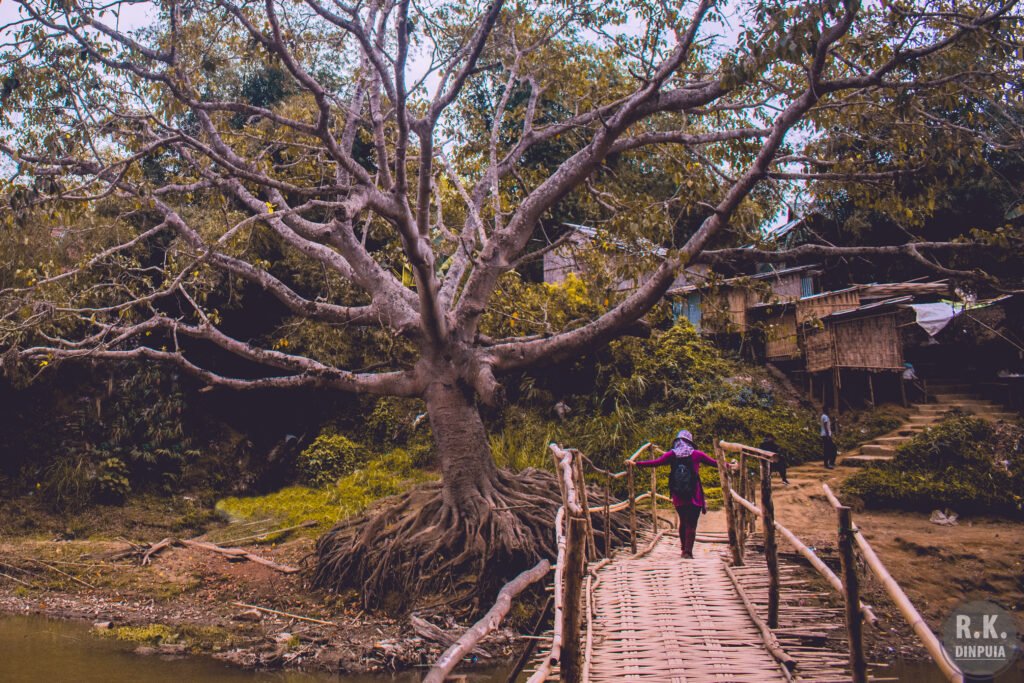
Chawngte has been in the news here and there, but the focus is never on its people or its beautiful uncharted places. It has been at the center of a still ongoing inter-community conflict for a very long time, and this is what the media usually focuses on. As I lived in Chawngte for 3 years, I gradually came to discover a world beyond this conflict, and the noisy reporting of it. I really don’t want to try and correct people about all these things, instead I’ll try to tell my side of the story, where I learned a lot of new things, explored the remotest villages of Mizoram, connected with wonderful people, and experienced a rich plethora of distinct traditions and cultures that thrive side by side in this tiny, complicated place.
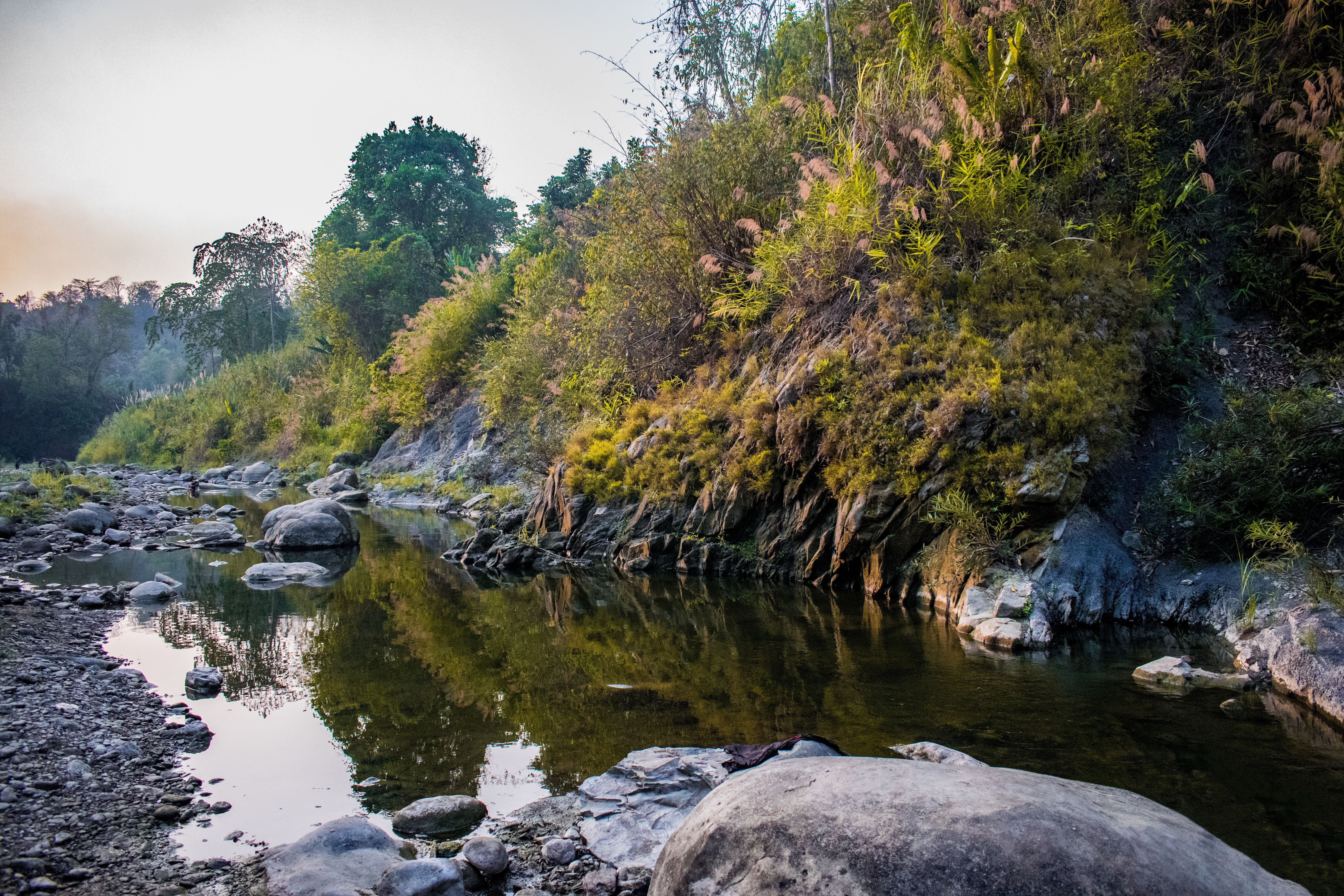
Overview of Chawngte:
Chawngte, located in south-western Mizoram, is divided into three parts namely Chawngte-‘C’ the C which stands for the Chakmas, Chawngte-‘P’ stands for the Pawis,(now Lais) and Chawngte-‘L’ stands for Lunglei District.
The river Tuichawng traverses through Chawngte, and acts as a natural boundary between the three parts. On the western bank of Tuichawng River is the Chakma Autonomous District Council (Chawngte C); the eastern bank of Tuichawng River is divided by the rivulet, Chawngte (Pahn Suri as called by the Chakmas), with the northern bank falling under Lunglei District (Chawngte L) and the southern bank under Lai Autonomous District Council (Chawngte P). So you can’t just say “I used to live in Chawngte”, you have to specify which part of Chawngte. These three Chawngtes make up what we know as Chawngte.
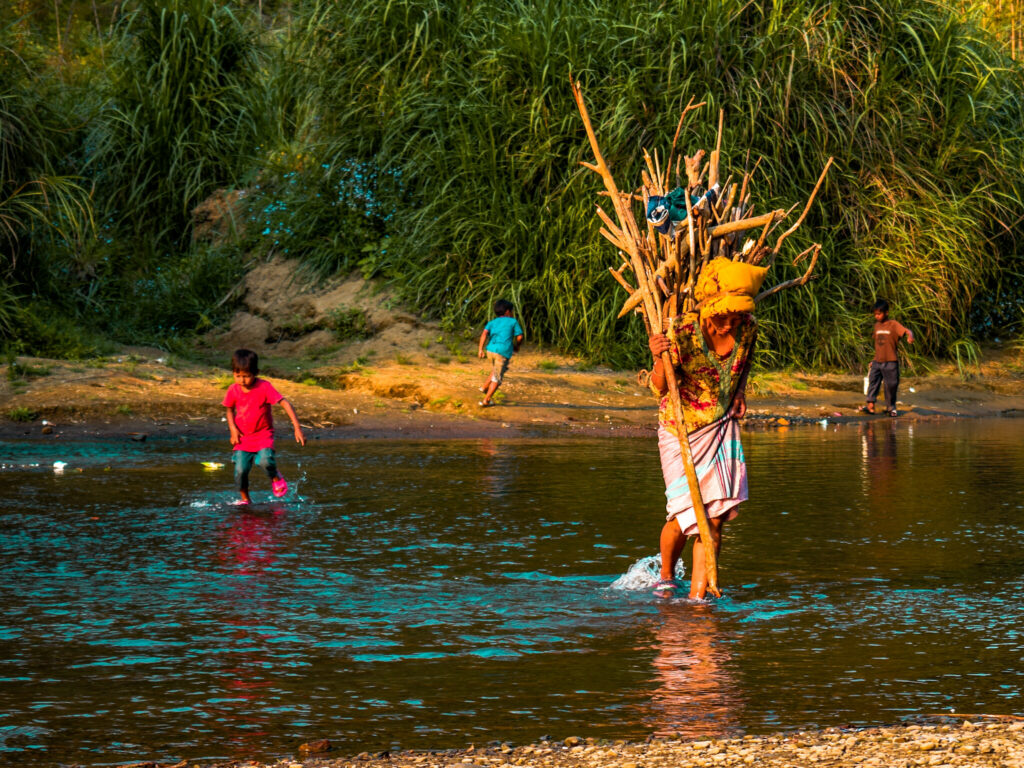
Majority of the people are engaged in farming so these are common sight daily.
Chawngte C (Chakma Autonomous District Council):
Chawngte C is a Town and Block headquarters in Lawngtlai District of Mizoram. The headquarters of the Chakma Autonomous District Council (CADC) is Kamalanagar. The population mostly consists of Chakma people who primarily follow Theravada Buddhism.
And this is the place where I lived; in Chawngte C, where all the important government offices and the Community Health Centre (CHC) Chawngte are situated.
The market place in Kamalanagar is where everything happens mostly, it is the hub of attraction. Here you’ll get secondhand shops, small restaurants, etc.
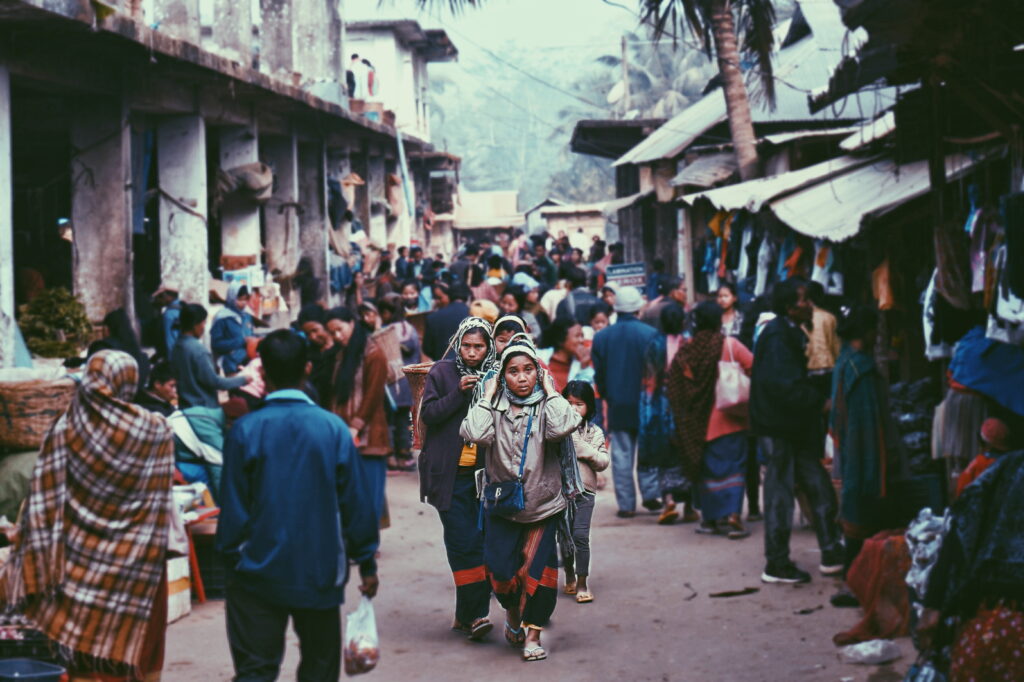
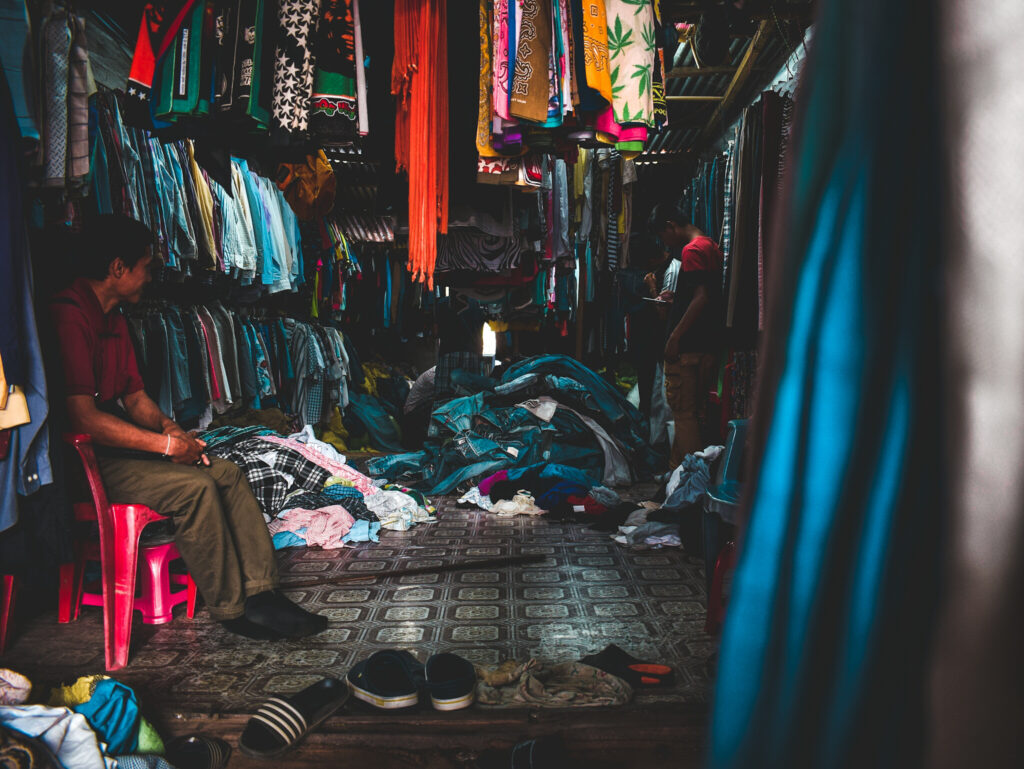
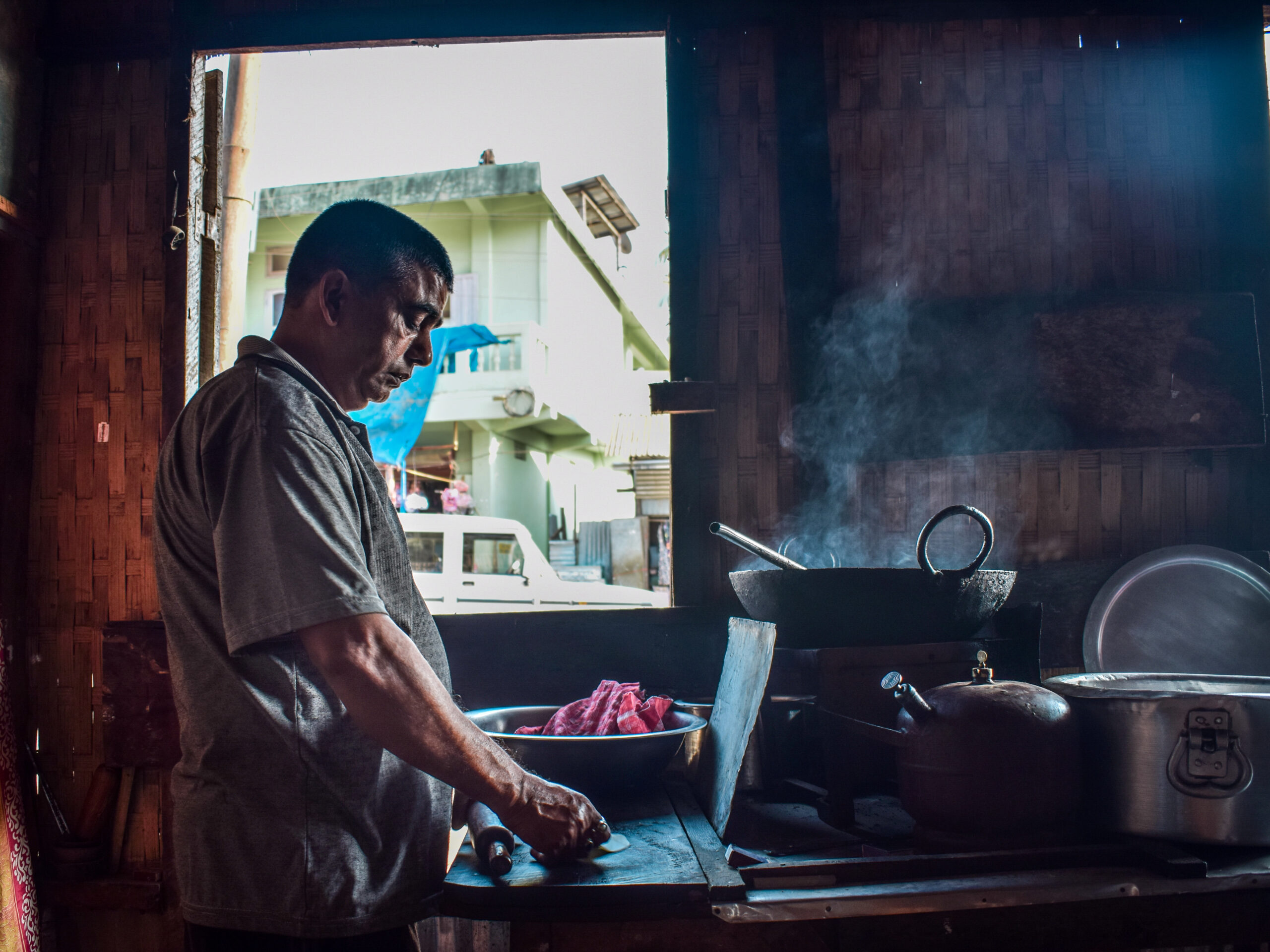

The few skilled workers in Chawngte work mostly in government setups like Hospitals, banks, the BDO’s office etc.

Chawngte L:
The L in Chawngte-‘L’ stands for Lunglei District, and the people residing in this area are mostly from the Mizo community. I want to specify these communities not to make divisions between them, but to give some insights for better understanding of the different communities that reside there, and how the heterogeneous society runs.
Chawngte L is another entry point for Chawngte through Chhumkhum village via Lunglei road. It is a much shorter route than via Lawngtlai, but it is full of twists and turns and uphill, rocky and muddy roads, and it becomes non-pliable for most part of the year, except during winters and summers.

Chawngte L has a much lesser population compared to the other two Chawngtes.
There are two Baptist Churches and one Presbyterian Church, which was still under construction during that period.
Chawngte P:
Chawngte P as mentioned earlier, was the place where I first set foot in Chawngte. The people living in Chawngte P are mostly Mizo, Lai, Bom, Bru(Reang), etc.
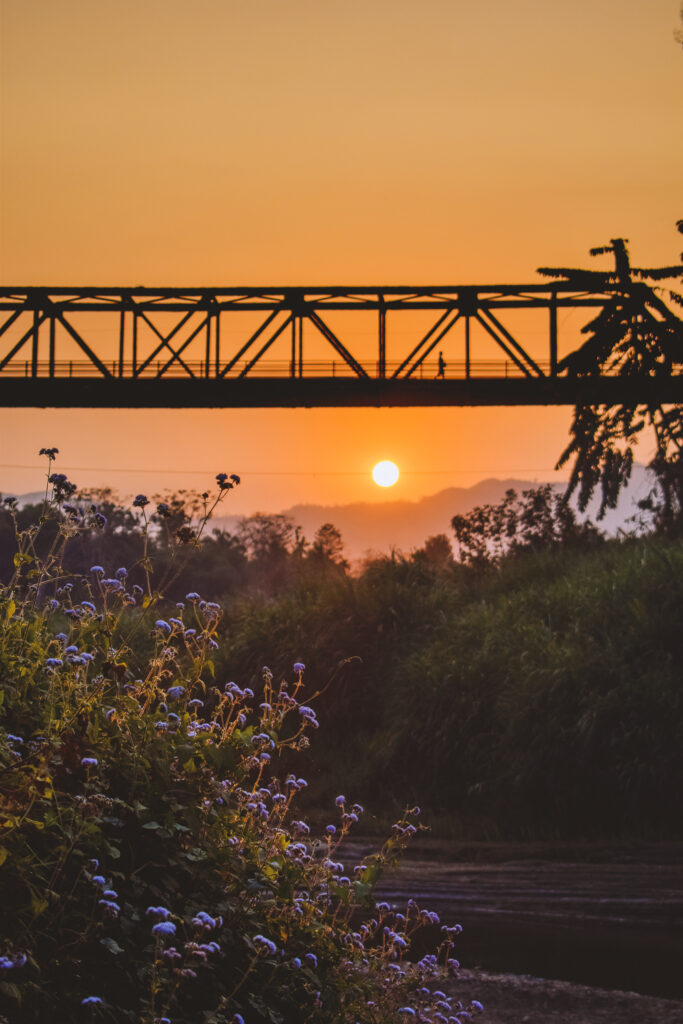
Lawngtlai, approximately 95kms away, is the nearest town from Chawngte P, and is the main source of all major economic and daily essentials. In between are Hmunlai, Chawngtelui, Diltlang and a few other small villages blessed with natural beauty. Luckily for dear readers, I had a chance to venture to Hmunlai, Chawngtelui and Diltlang and captured few shots from there.
Chawngtelui:
Chawngtelui is 4 hours ride from Chawngte P, at 21.3 Kms. This place is a picnic hotspot for people living in Chawngte because of the beautiful streams and rivers surrounding it. The rivers are easily accessible, and we frequented this place just to hang out during summer and autumn to cool ourselves from the scorching heat.
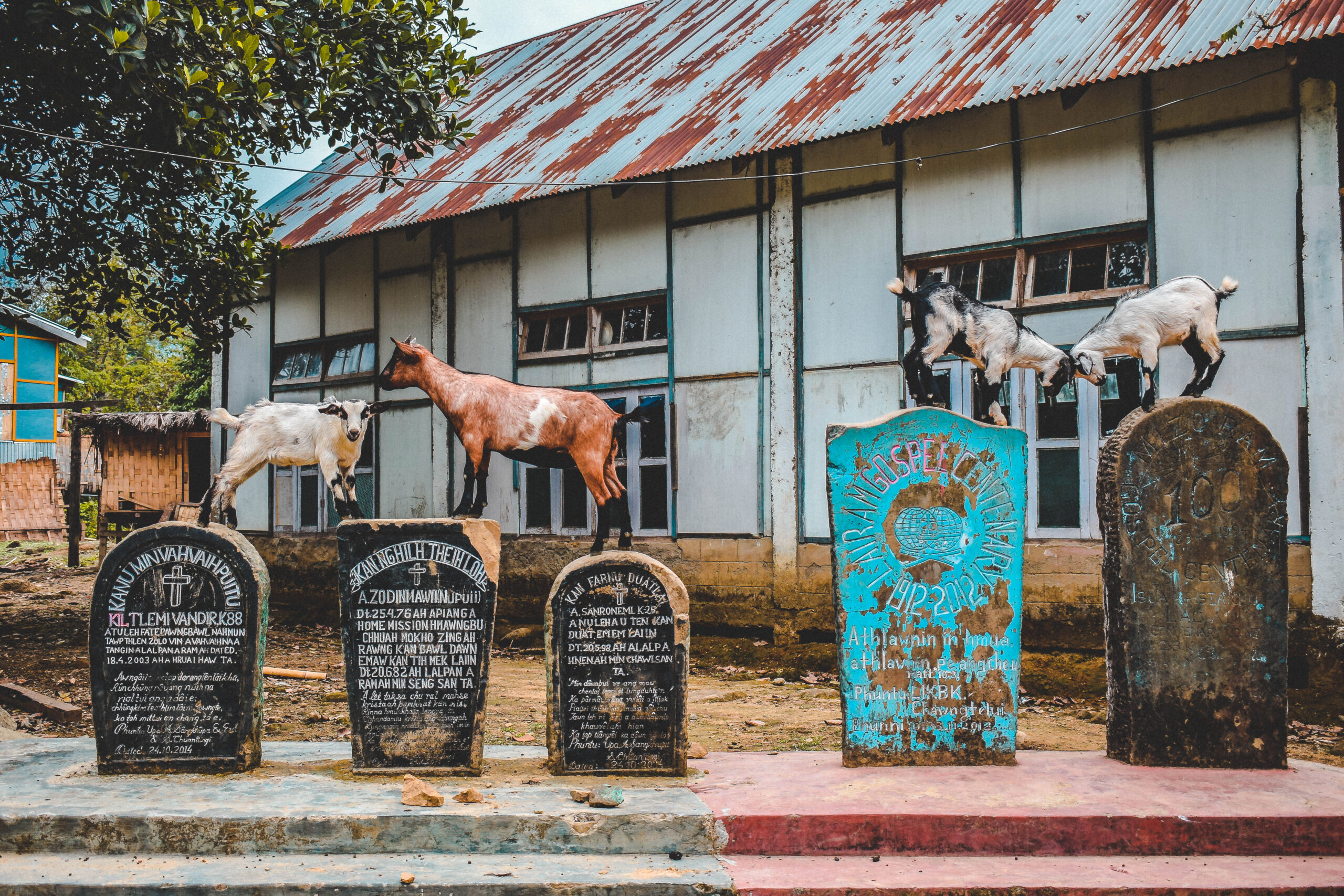
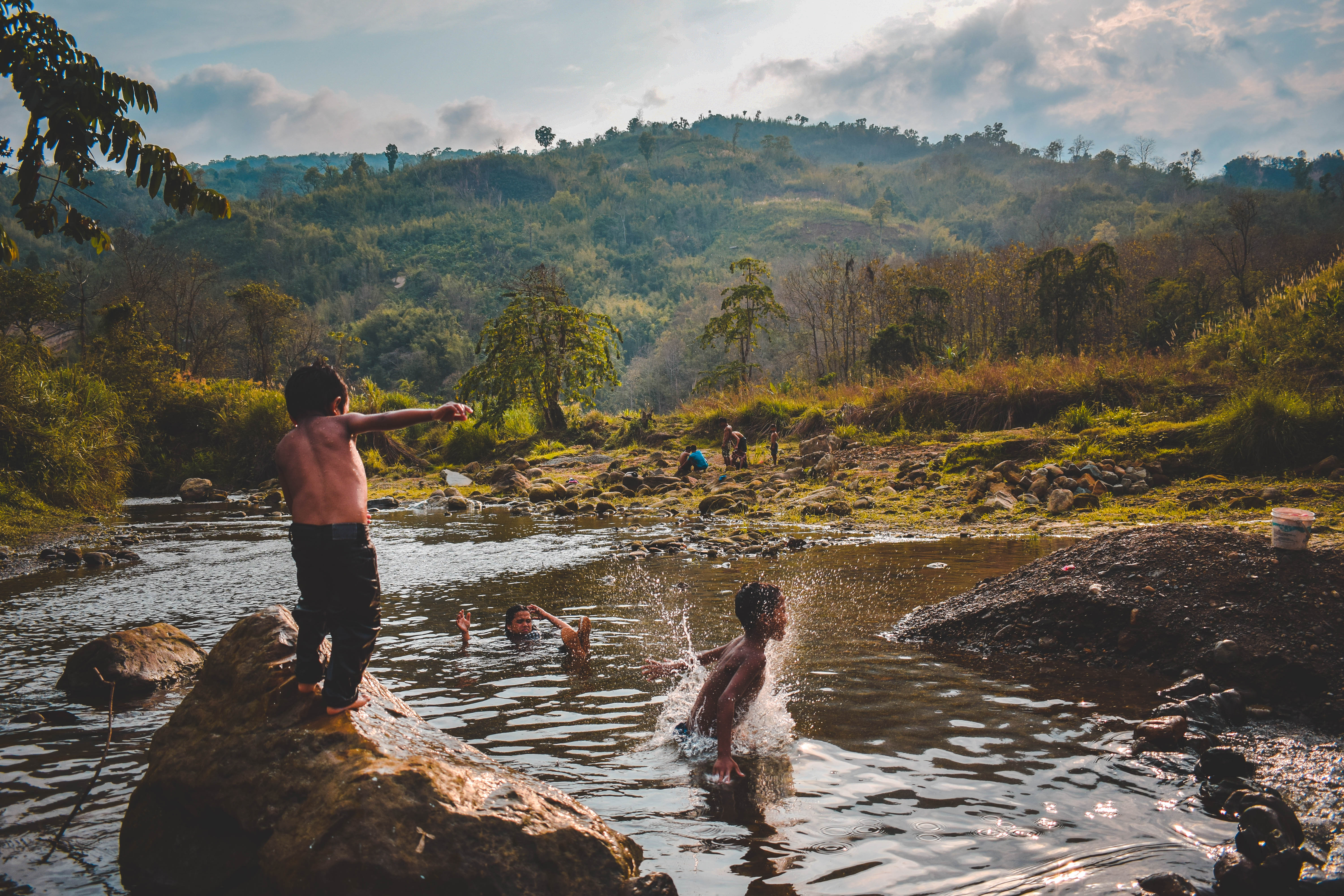
Hmunlai:
Hmunlai, the closest village from Chawngte P at 7.5kms, is just a one-hour bike ride away. Since the elevation is a bit higher, we could have scenic view of Chawngte from certain spots, and I was lucky enough to go to those spots. It has such a beautiful view.

The Multicultural Society of Chawngte:
Chawngte has its unique mix of culture and people, and there is a lot of unity in this diversity, despite what outsiders may think.
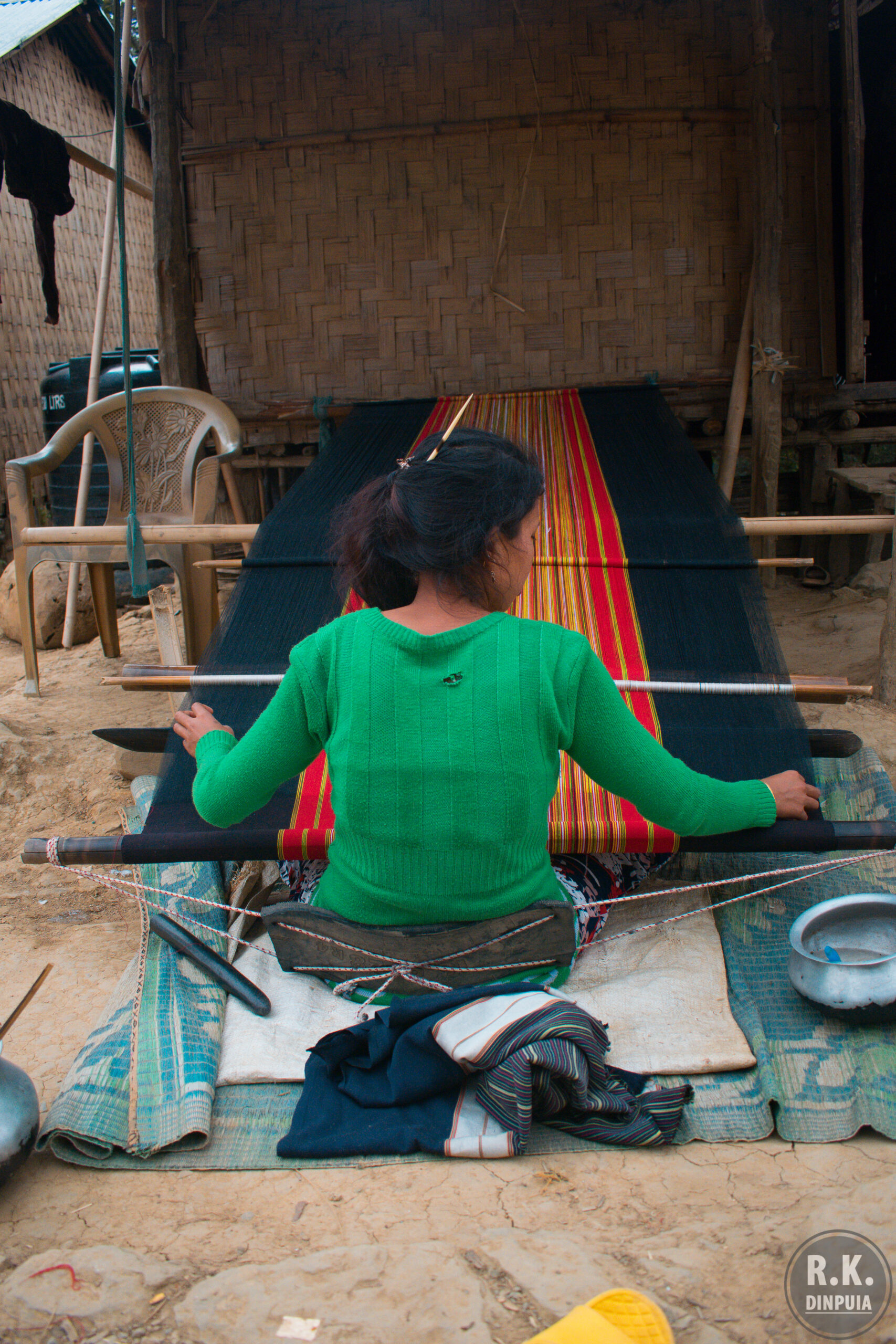
In general, the people are nice, welcoming and seem very content with the quiet life that they live here. I’ll share some of the clicks that I took during my evening walks in and around Chawngte.

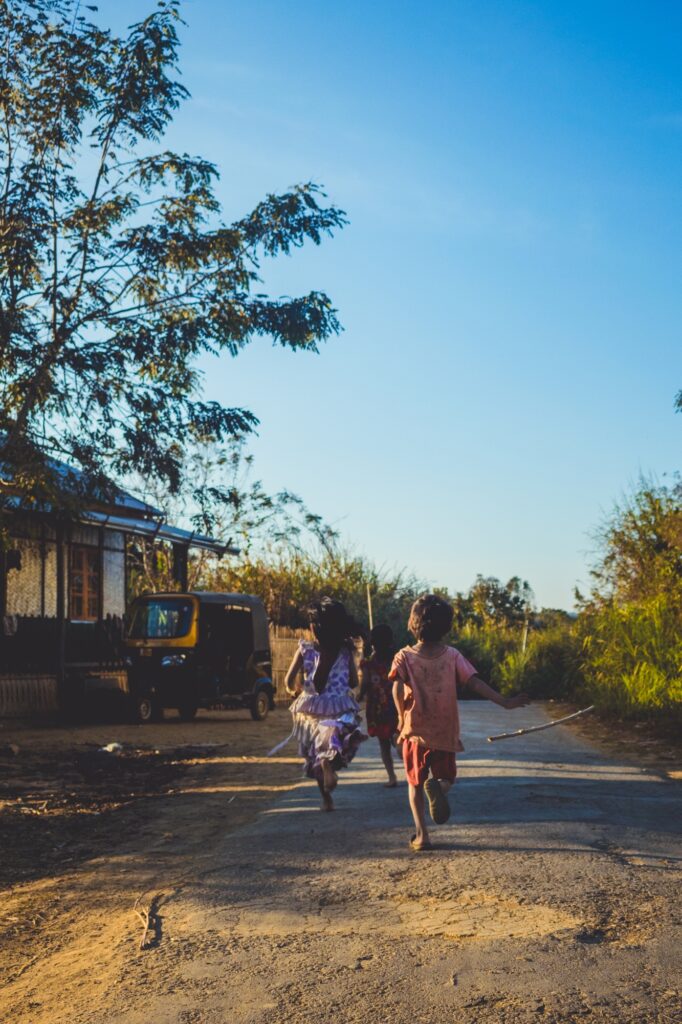
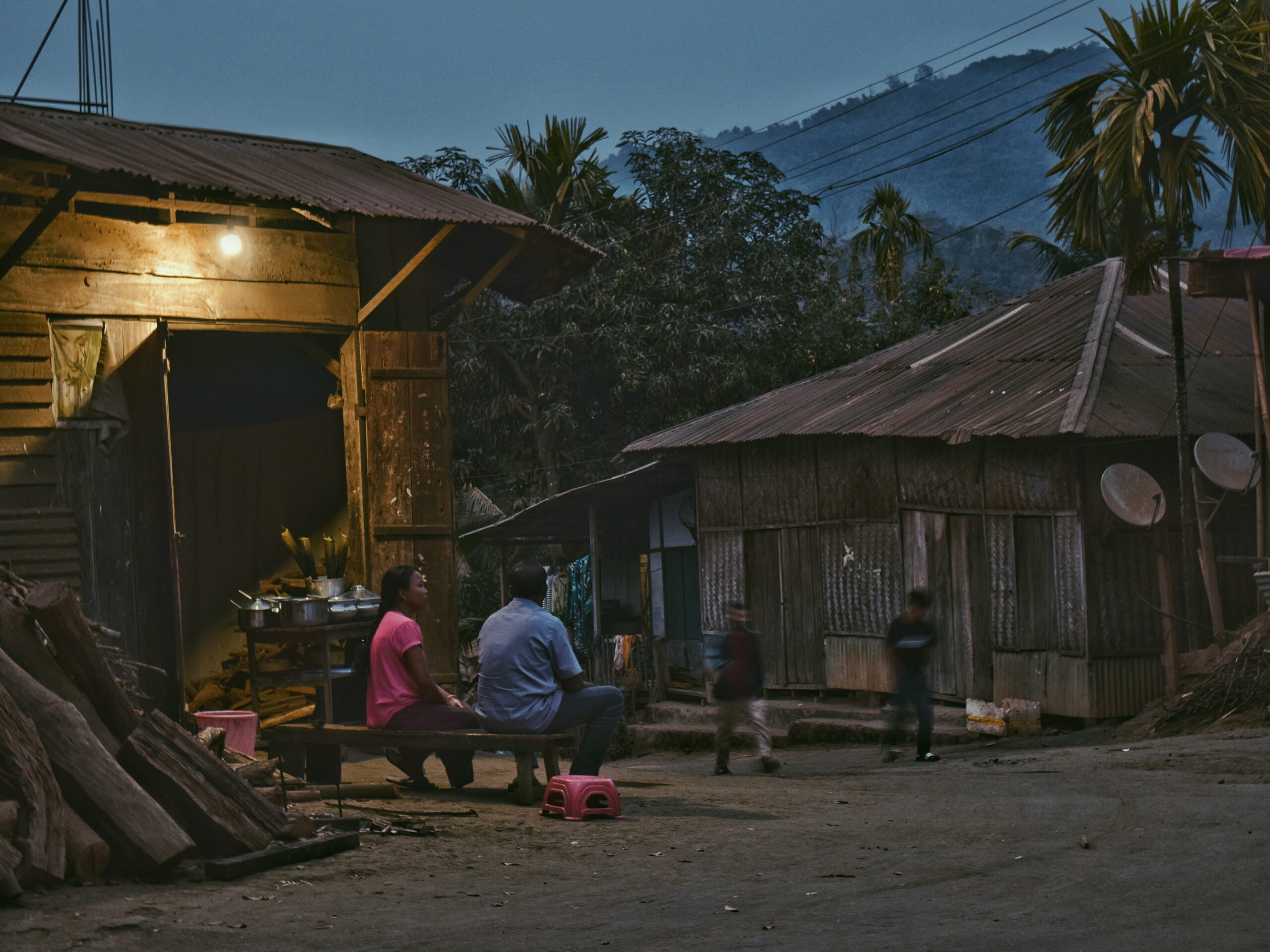

The River-The Bridge:
The river Tuizong/Tuichawng is a lifeline for the people of Chawngte. It is where people from all communities fish and make a living, and where people of all ages gather during summers to take a dip. It is also an important source of transportation during the monsoon season, when the roads are unpliable due to landslides and excessive rains. The river Tuichawng connects to Tlabung in the North and to the south it connects Ajasor and some other small villages.
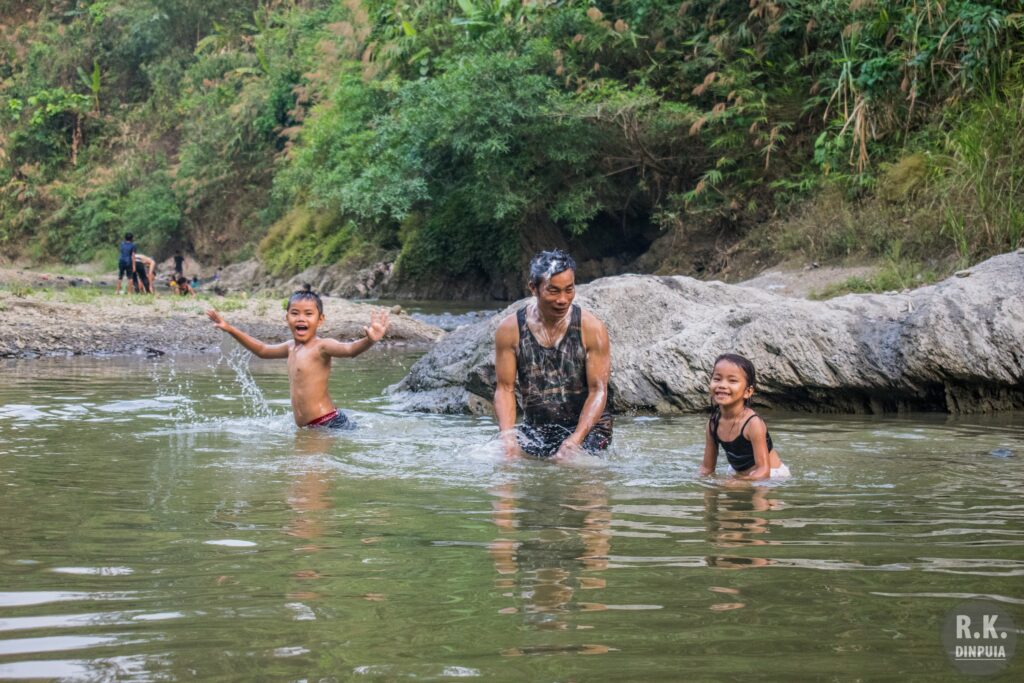
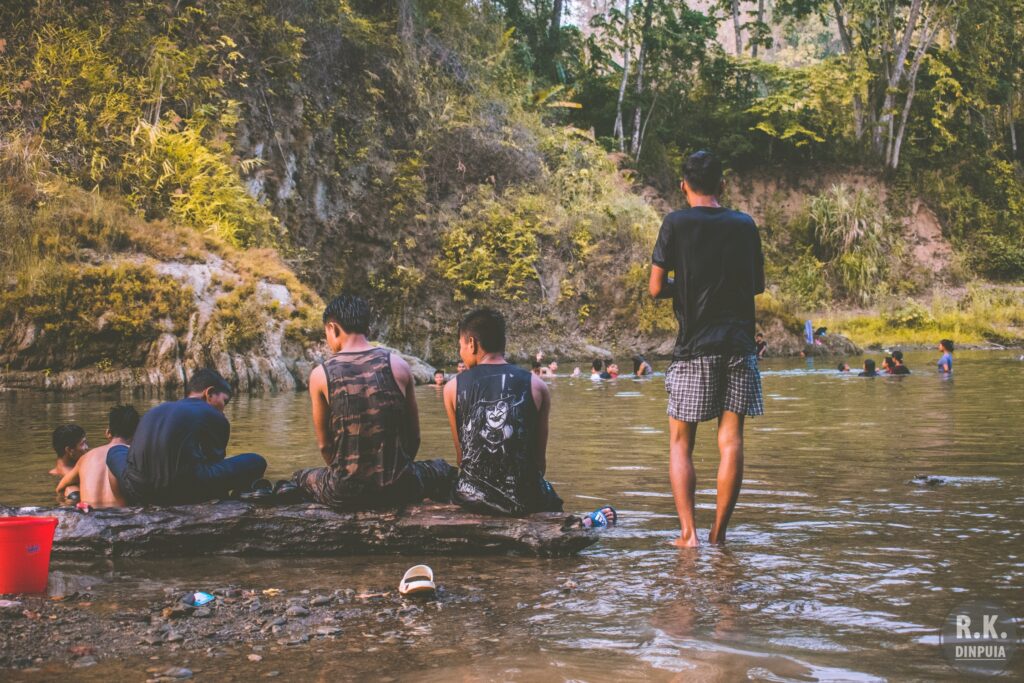
As mentioned earlier, the river also serves as a natural boundary between the three Chawngtes. A Bridge that connects the three Chawngtes was inaugurated in 2008. Since then, Chawngte has seen a rise in development and improvement in standard of living, as per the locals. Before the bridge was constructed, there used to be a suspension bridge and hardly any large vehicles could pass, so there was difficulty in transportation of essentials.
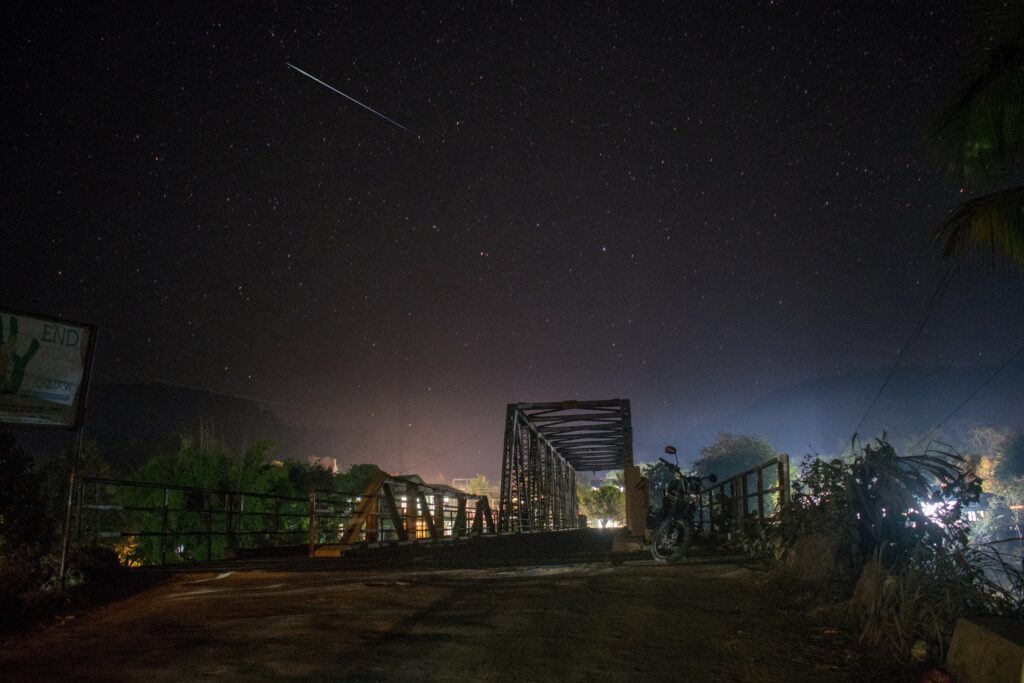
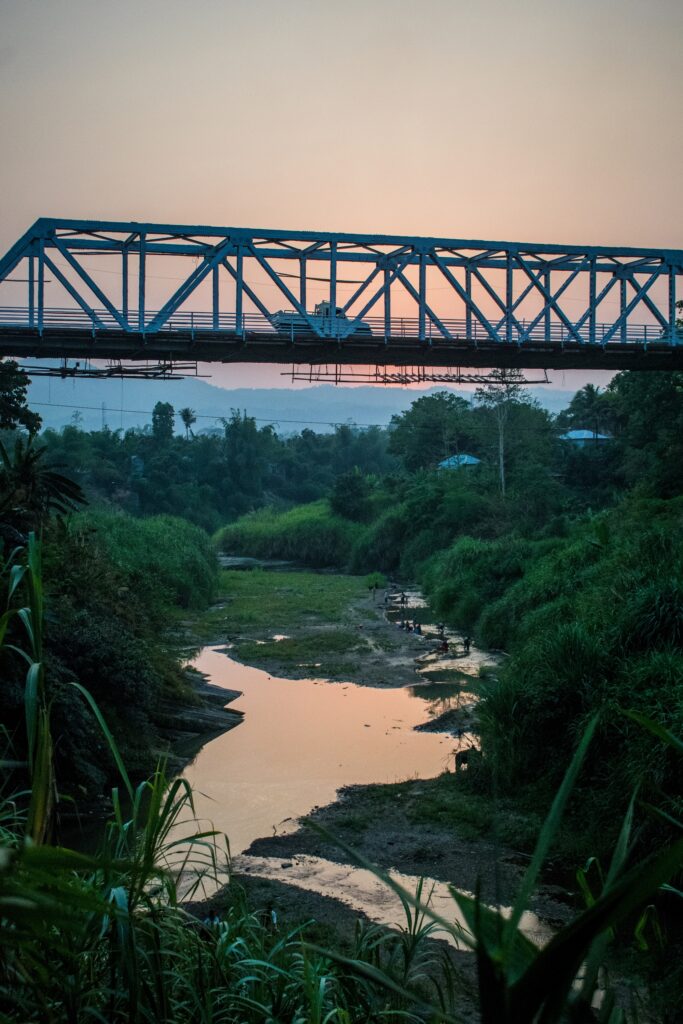
Living In Chawngte:
The electricity supply and mobile connectivity at Chawngte are unreliable at best, and there is no proper supply of tap water, especially during the dry seasons. But for me, these challenges were what made living/surviving Chawngte all the more memorable; the smallest things that we took for granted in the city were the greatest joys we had there in Chawngte.

I remember once there was power outage for an entire month due to break down of the power transformer, and when the power came back finally, we were so jubilant that every one of us were shouting, and making noises. Those experiences taught me emotional intelligence that I wouldn’t have learnt otherwise, to understand others and empathize with their hardships.
The one thing that is ubiquitous to Chawngte is its famous Dangpuithu – dried and fermented seafood(not necessarily fishes), which has a unique acrid smell; it is extremely stinky for some, and for lovers it is like a magic aroma. It has other name like Sidol as well. Dried fish. Sidol, as some call it. The unique smell, the taste and the color of different varieties have a different price range. I remember my folks back in Aizawl always used to ask me to bring Dangpuithu for them.
As it has a pungent smell, not everyone can be as tolerant to the smell as the locals. Even I took some time to get used to it. Now, I happily ask for Dangpuithu with pork. Lol
As a multicultural and multilingual place, Chawngte gave me new experiences like celebrating Biju, one of the festivals of Chakma community. And weirdly enough, in the remotest corner of Mizoram, football made its way and was/is the greatest show that the people of Chawngte witnessed; especially the Indian Independence Day celebration football match. It was something else…
Before I dwell into all these events, let me share a picture from one of the first celebrations that I was invited to, a wedding.

Then came the Chapchar Kut
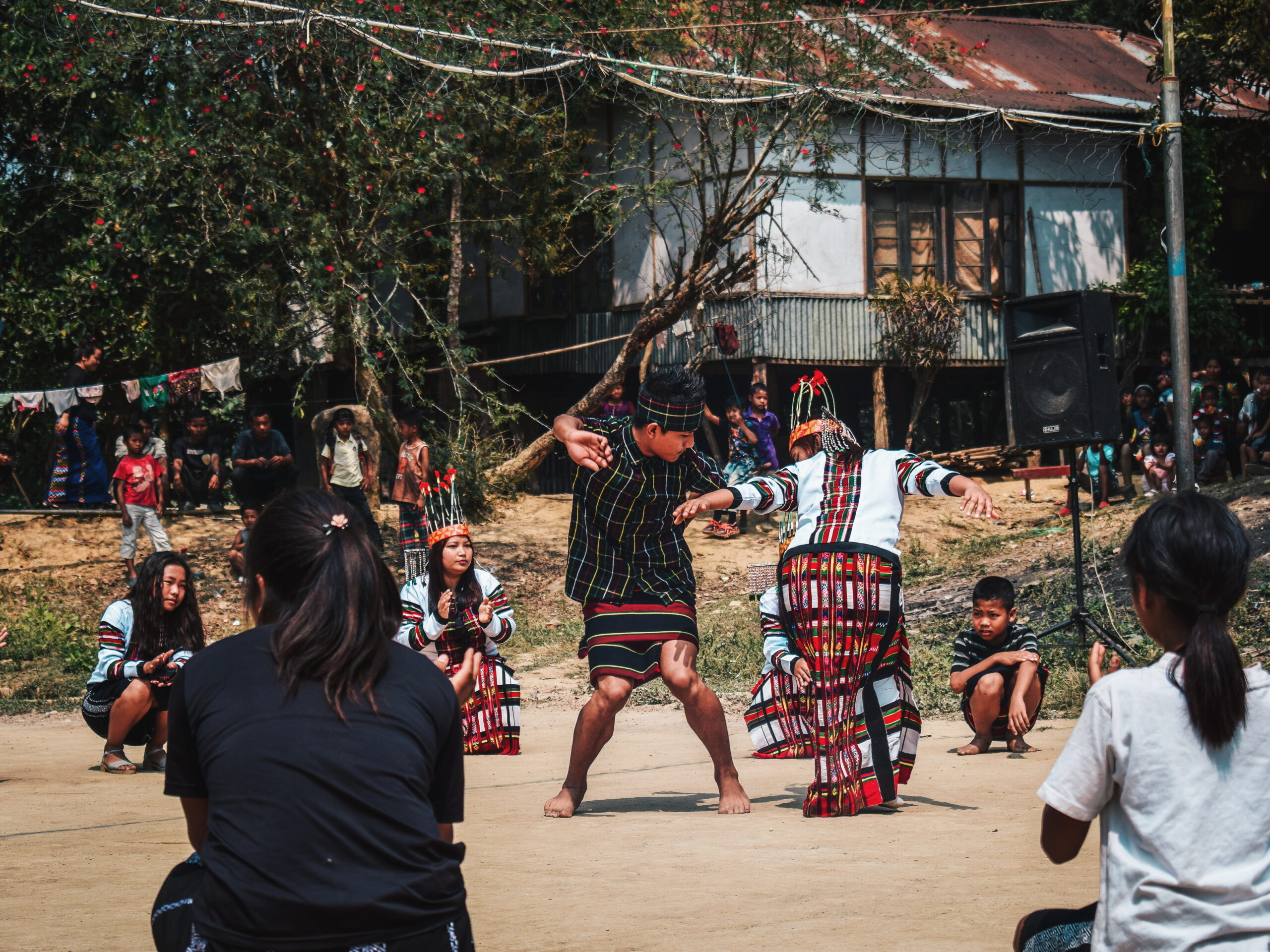
The two Chawngtes, Chawngte P and L held a joint function, with lots of small competitions. Like any other local competition, these competitions weren’t short of dramas or quarrel, but as always, the events ended in high spirits.
While I was watching the program under the shade, this old lady was sitting next to me, enjoying herself.
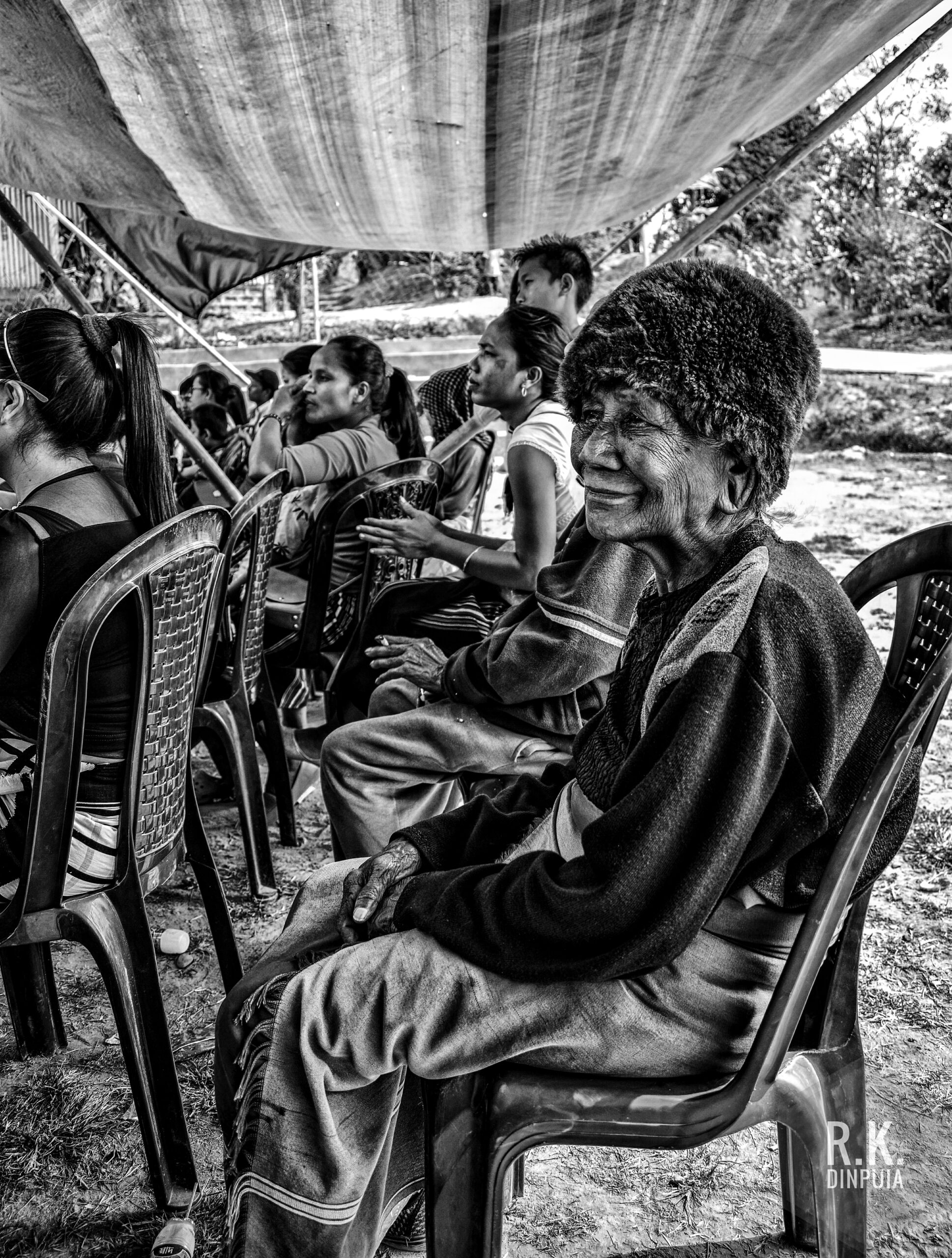
With Chapchar Kut done, came the Bizhu Festival.
Bizhu is the Chakma’s biggest festival, and falls on the 13th or 14th of April every year.
1It is a three-day-long festival that commemorates the commencement of a new year for the Chakmas and is their most important festival. It has close links to the practice of jhum cultivation among the Chakmas and is believed to have originated as a festival to propitiate the earth for a bounteous harvest following the first rains of the agricultural season.
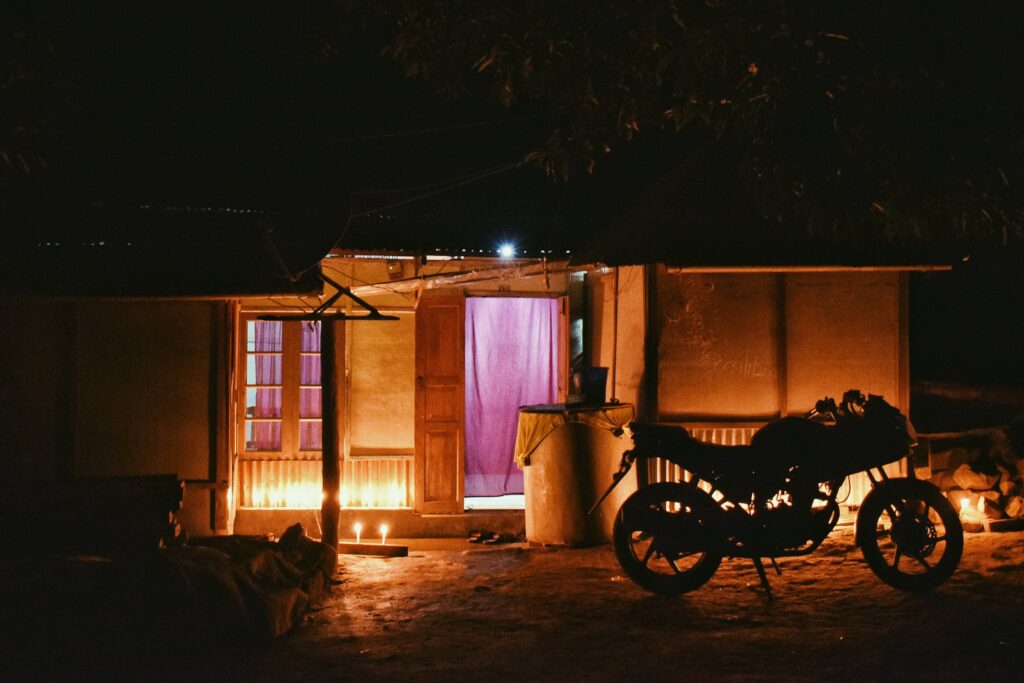
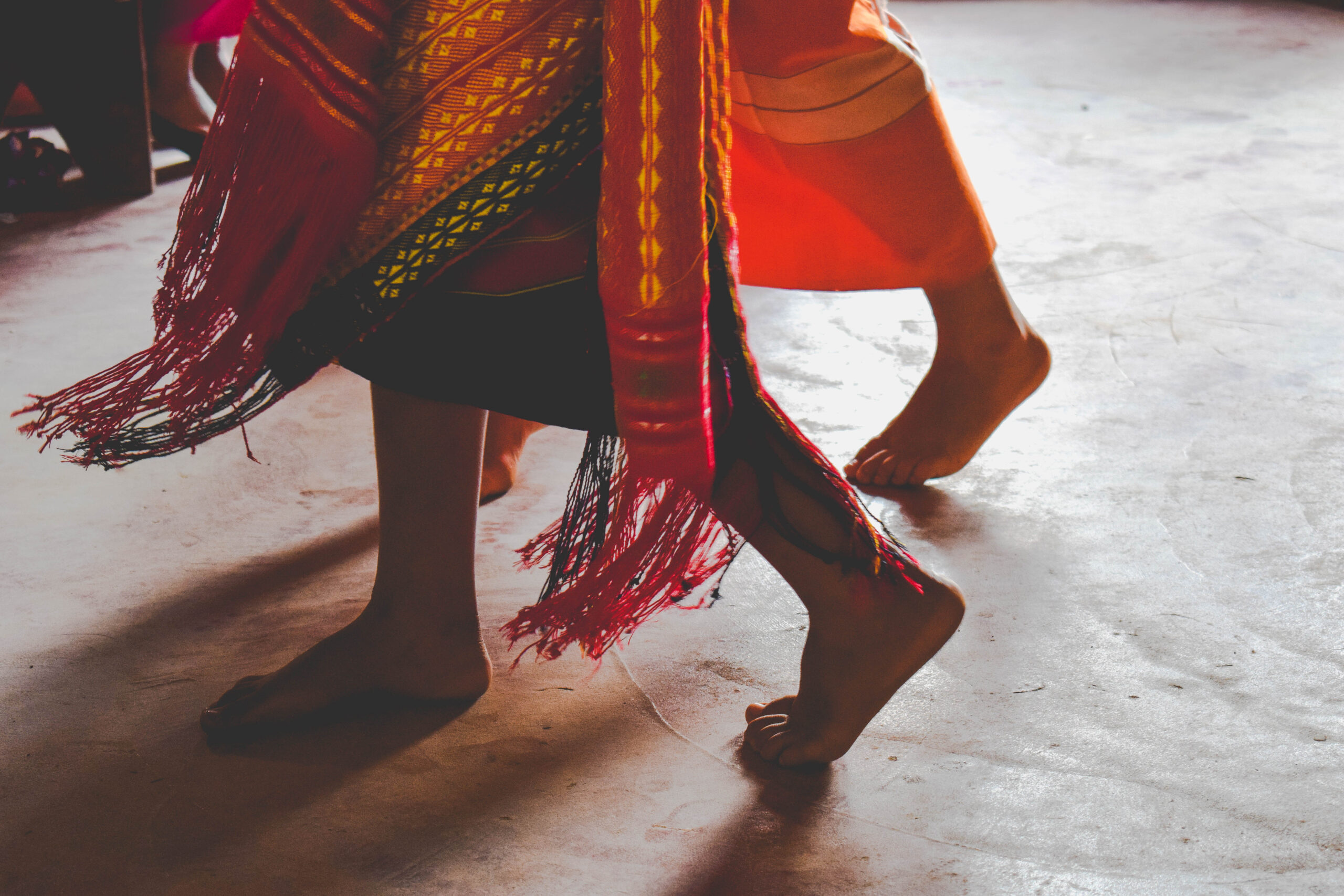
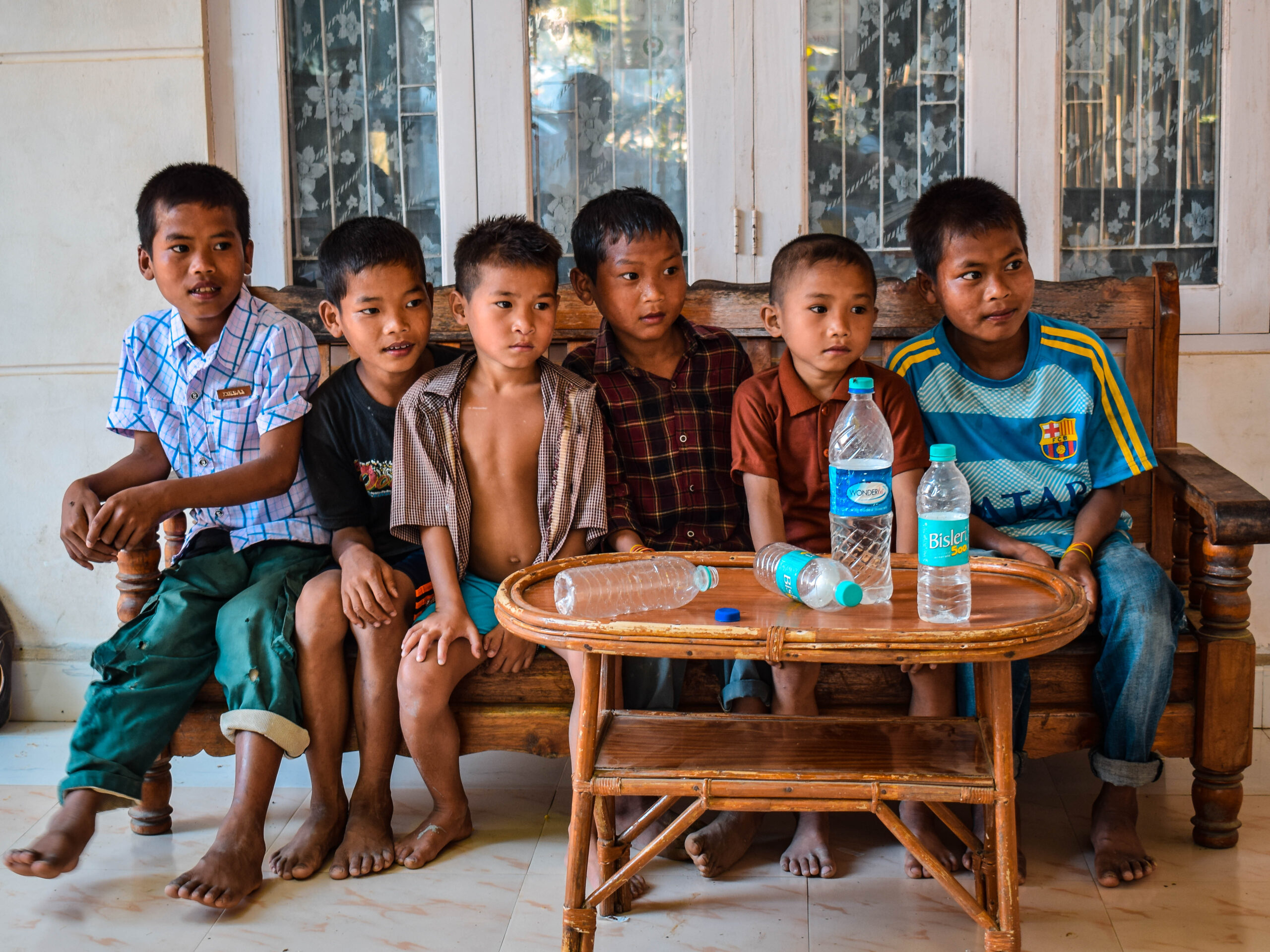
Then came the Indian Independence Day Celebration:
As in different villages around Mizoram, the Village Council held Independence Day Sports Competitions such as Volleyball, football, badminton,etc.
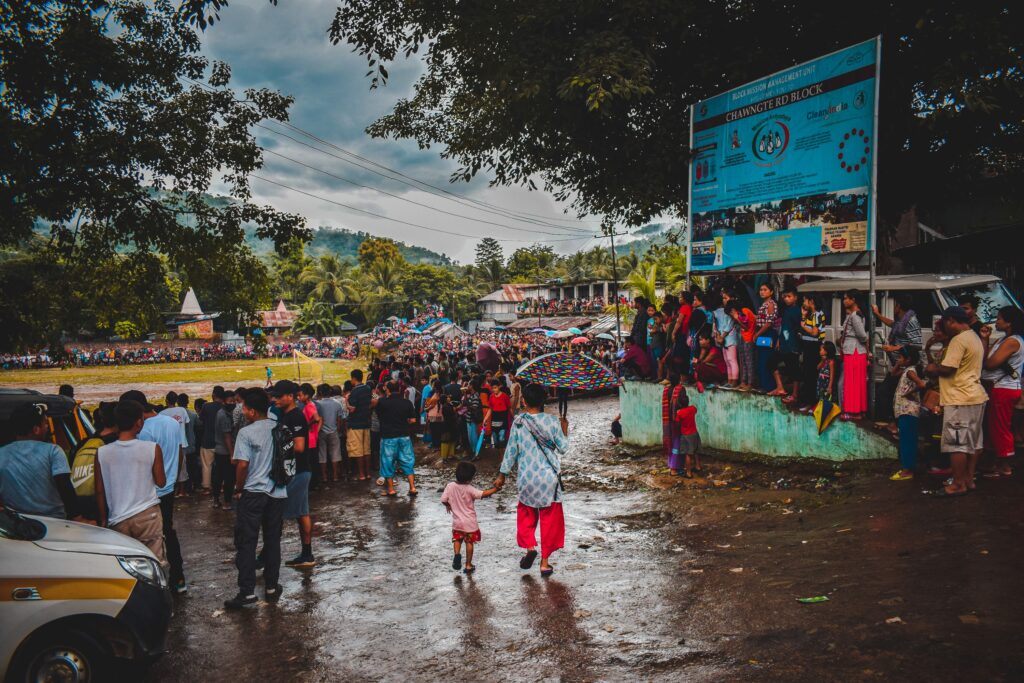
I was lucky enough to have participated once for Chawngte C football team for Independence Day football tournament. Most of us were Government employees and Missionaries working there.
Like always, football keeps on bridging the gap between communities and cultures. Here we can see the sea of people watching the beautiful game.


The Journey to Chawngte:
Reaching Chawngte has never been an easy task due to its treacherous road conditions. In my experience, during monsoon season, we used to take around 16 hours journey from Chawngte to Aizawl (257.1kms via Thenzawl Road); which is longer than travelling to Guwahati from Aizawl, that is 476 Kms and 14 hours 8 minutes ride as of Google map.
Starting the journey from Chawngte on a high note at around 6 am in the morning, and you would take around 10 hours just to reach Lunglei, with mud all over. One distinction the locals use to make of the outsiders is the way they dress and their readiness to even camp out at night come what may during the long journey from Chawngte to Aizawl, especially during monsoons. Besides, I don’t know why most of the Tata sumos plying that road were around 5 to 6 years old? And because of all these tidbits of travelling to Chawngte, I got to know which sumo survives these treacherous road conditions; it was the A1 Sumo by Tata. That sumo was a beast haha!

There are two ways to reach Chawngte by road: Lunglei via Lawngtlai road and Lunglei via Chhumkhum road. There are maxicabs, mainly Tata Sumo that ply these roads and tickets can range from 1000/- to 2000/- from Aizawl to Chawngte. There is also a helicopter service to and from Kamalanagar (Chawngte) and Aizawl once a week.
Whichever route you may take, I hope that one day, you get the chance to experience this fascinating place, Chawngte – a tiny dot on the map that contains multitudes.
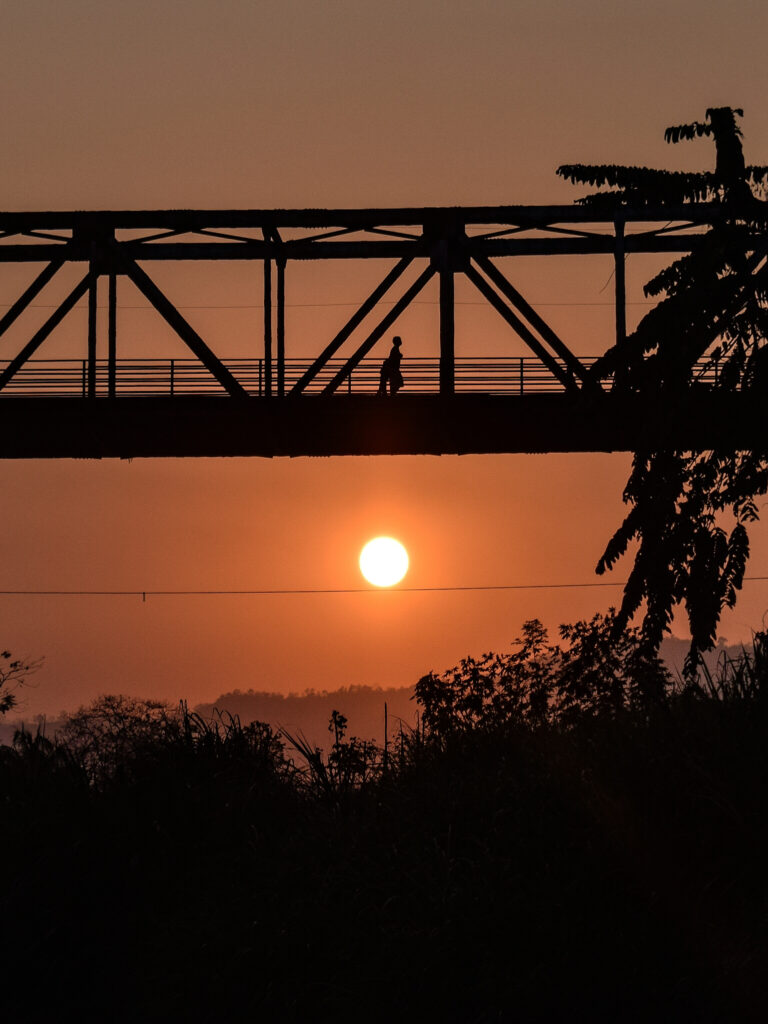
References:
_________________________
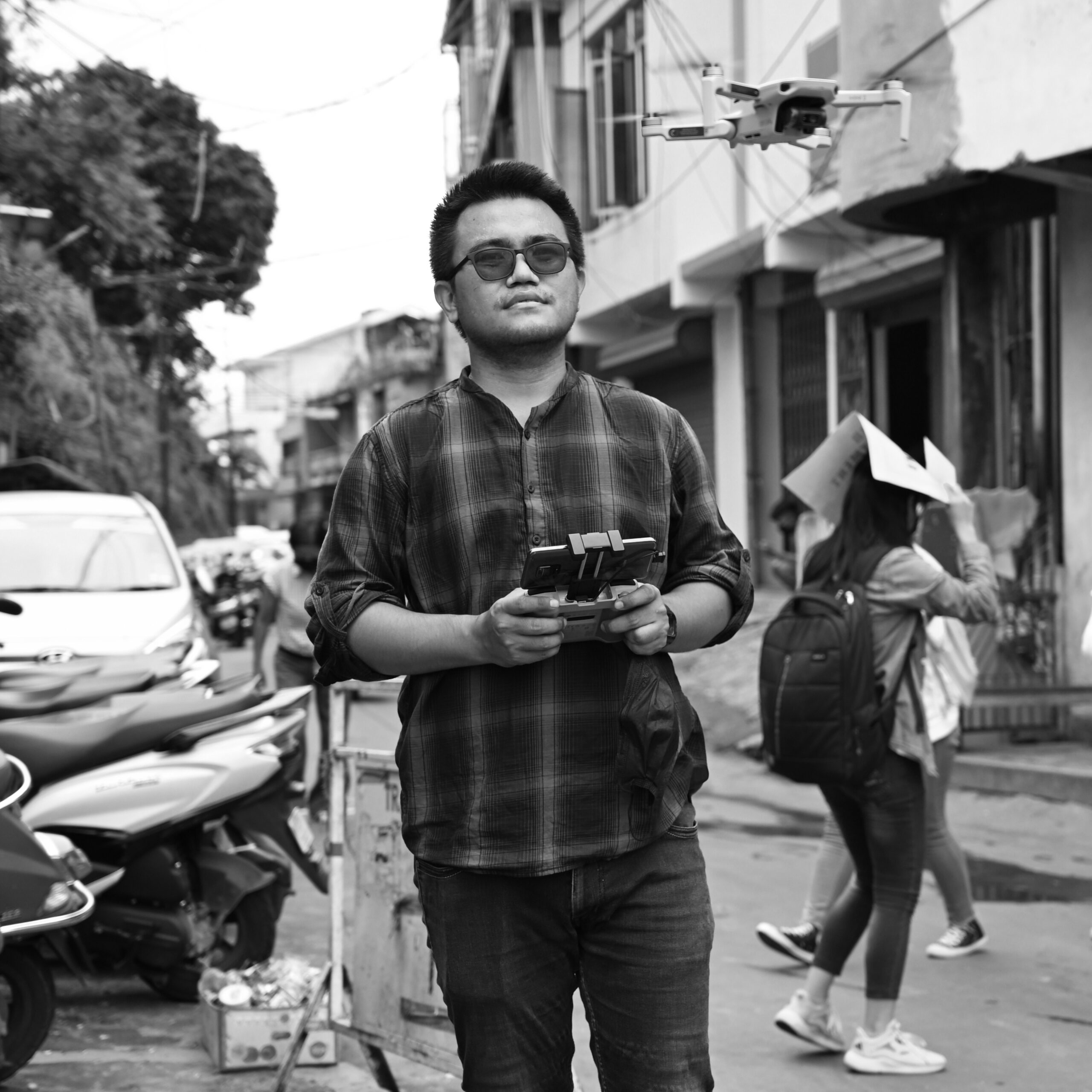
R.K. Vanlaldinpuia, is a Radio-Imaging Technologist under the Health and Family Welfare Department, Government of Mizoram, currently posted at Civil Hospital, Aizawl. He is a photographer by passion, and puts up his work on Instagram @rkdinpuia
_________________________
Find The Mean Journal on Instagram @MeanPepperVine

These pictures are mesmerizing. The sunset is churning a story inside me. And the sunrise (2nd pic) was beautiful too. I love sunsets and sunrises. So…
the rays filtering through the window is lovely. One with the old lady, the BnW picture: What a soleful capture!
Chawngte chanchin hnamdang tena an chhiar theih tur i hnutchhiah hi a hlu ka va ti em. Photographer namai lo tak leh thu leh hla thiam tak i ni. Chawngte thlalak i kut chhuak te hi out 5 out of 5 stars ka pe tak meuh meuh e.
A ngaihnawmin thlir a manhla hle mai.I lâwmman dâwn i phu hliah hliah…duhsakna ka hlan a che.